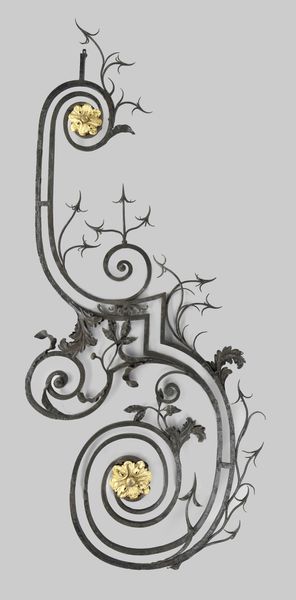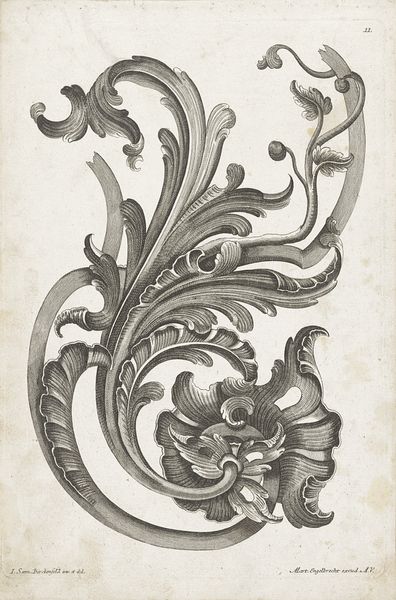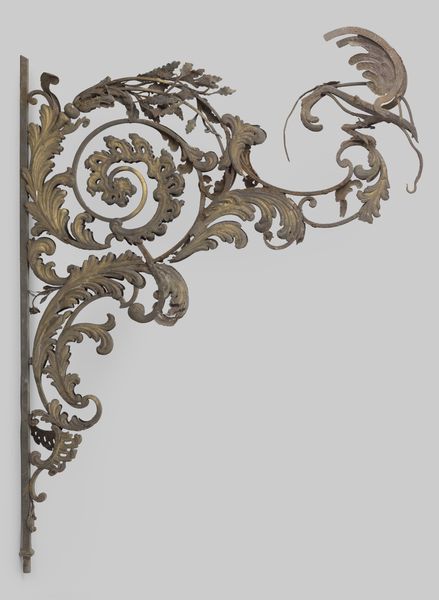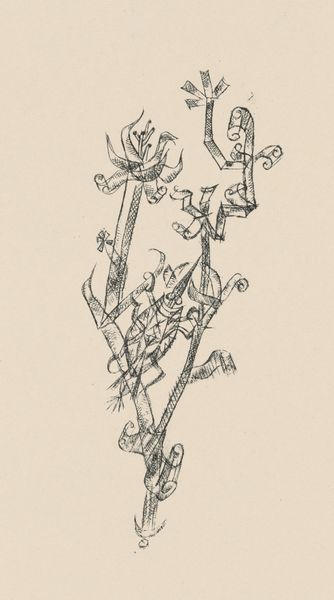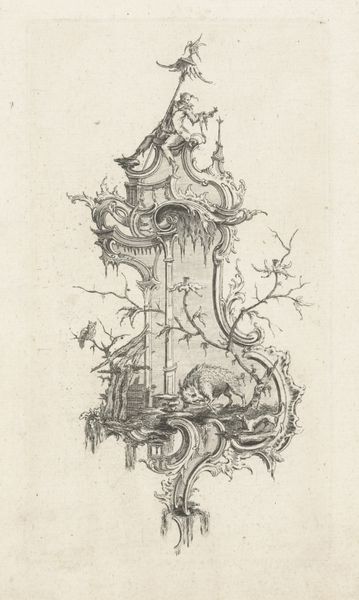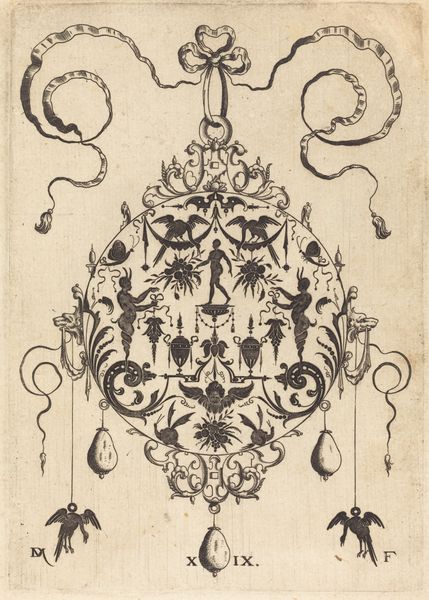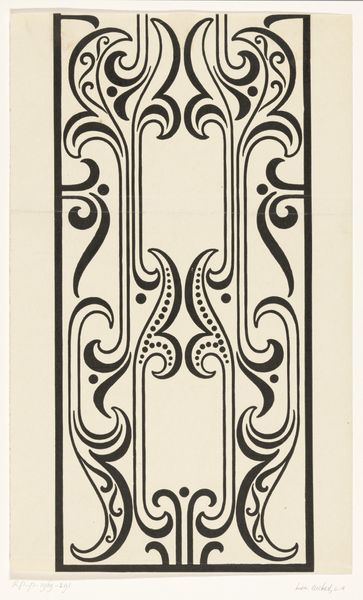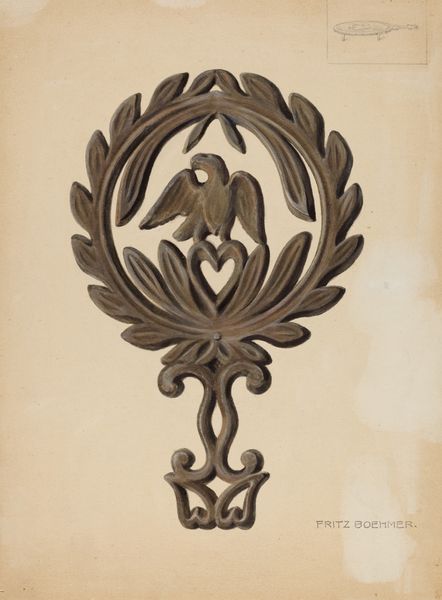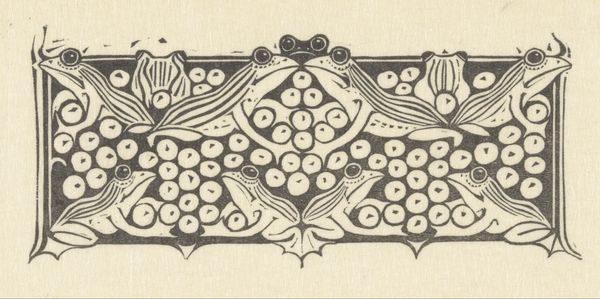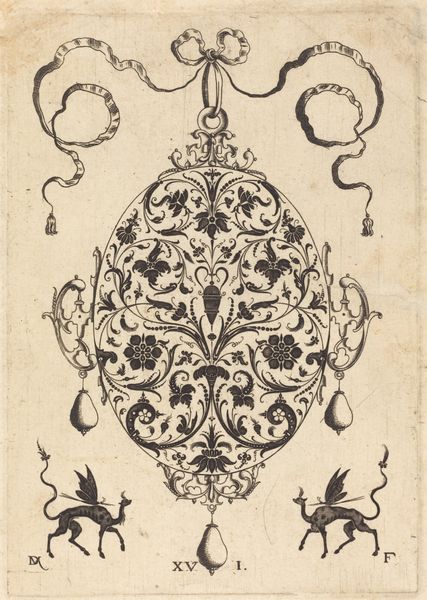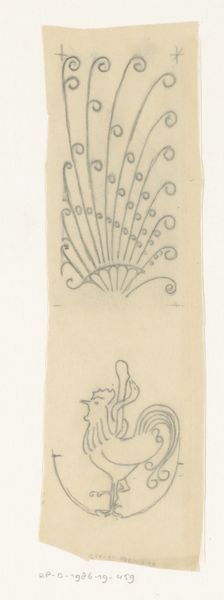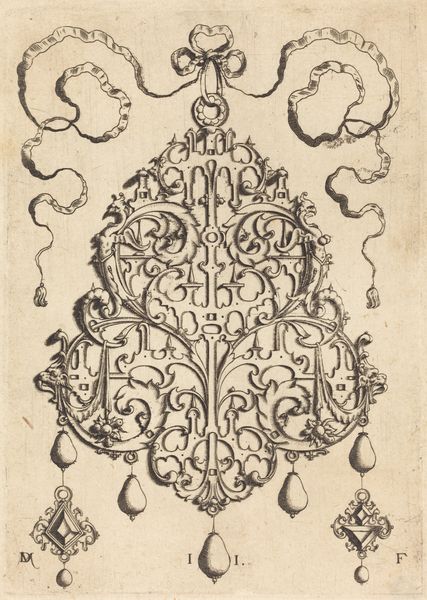
metal, sculpture, architecture
#
baroque
#
metal
#
form
#
geometric
#
sculpture
#
decorative-art
#
architecture
Dimensions: height 345 cm, width 40 cm, depth 63.5 cm, weight 257 kg
Copyright: Rijks Museum: Open Domain
This iron gate panel was made by Daniël Marot, and would have been part of the entrance to Huize de Voorst. Look closely, and you’ll see it’s made from wrought iron, shaped by hand, using heat and hammering to create these intricate, organic forms. This wasn’t just a practical barrier; it was a statement of wealth and status. Ironwork like this required skilled labor, and a significant investment of time. The floral motifs, with their gilded accents, add to the impression of luxury. Consider how this contrasts with the brute, industrial nature of the material itself. Iron is extracted from the earth through mining. To transform raw iron into something so decorative would have involved a whole network of labour, from the mines to the forges. Seeing this gate today, we might reflect on the social and economic structures that supported its creation, where artistry and industry were intertwined. It shows how an object can be both beautiful and deeply embedded in the realities of its time.
Comments
No comments
Be the first to comment and join the conversation on the ultimate creative platform.
